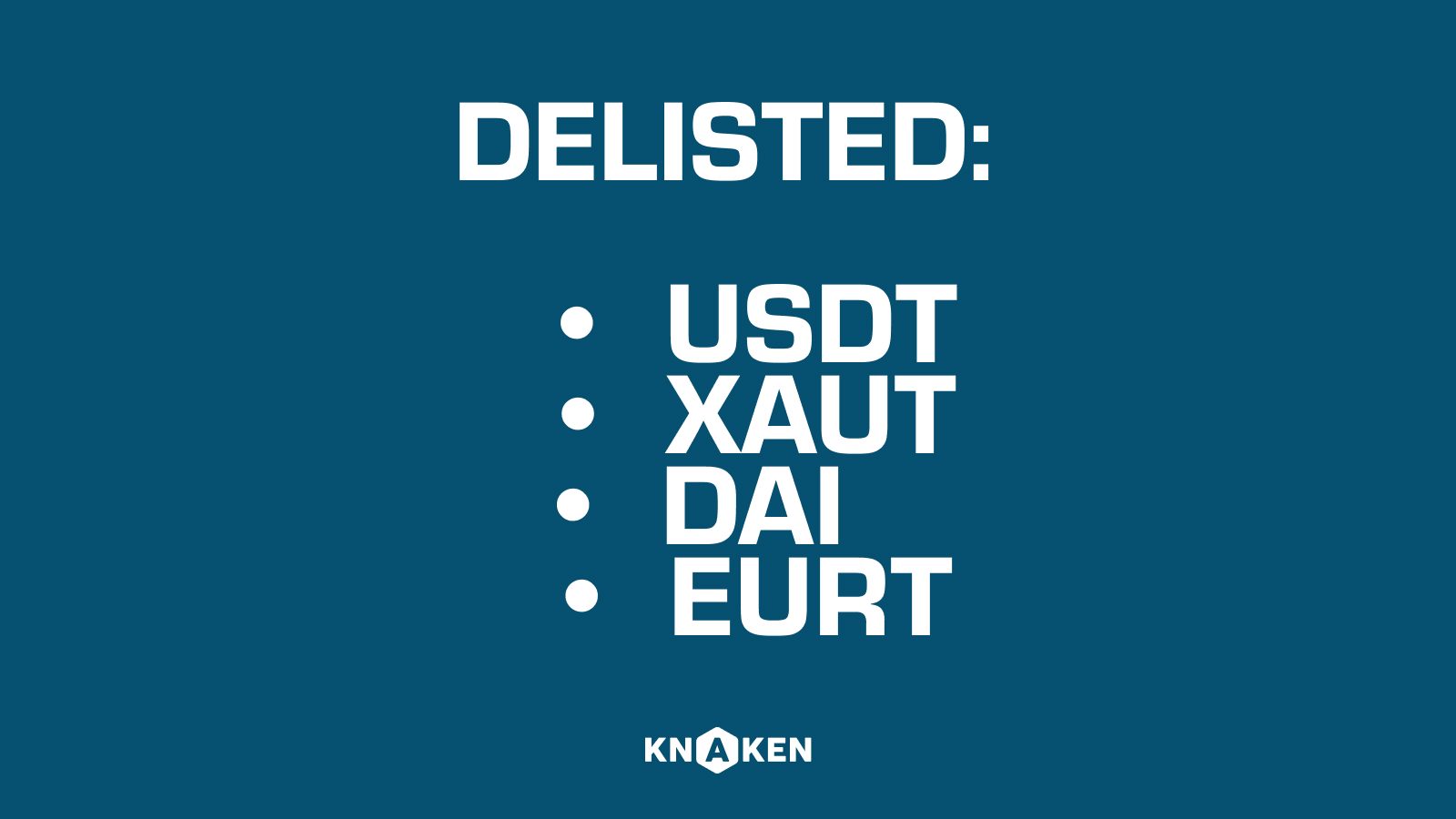

The world of cryptocurrencies operates in cycles, with periods of growth (bull markets) and decline (bear markets). Understanding the mechanisms behind these cycles is crucial for investors and traders who want to make informed decisions and seize opportunities.
2017-2018: A Dramatic Downturn
During this period, both Bitcoin (BTC) and Ethereum (ETH) experienced significant price declines. BTC dropped by as much as 83%, while ETH saw a decline of 94%. This marked the end of a bull cycle, shaking up the investment landscape and forcing many investors to reevaluate their strategies.
Despite the setbacks, savvy investors understood the cyclical nature of the market and sought buying opportunities during the downward trend. These investors recognized the potential for long-term growth and remained optimistic about the future of cryptocurrencies.
2018-2021: The Path to Recovery and Beyond
In the following three years, the cryptocurrency market underwent a slow but impressive recovery, eventually surpassing its previous all-time high. BTC surged an incredible 1993% from the lows of 2018, while ETH experienced a remarkable increase of 5547%.
During this growth phase, more people began to take notice, and cryptocurrencies became increasingly mainstream. Investors who held onto their digital assets or bought during the downtrend were handsomely rewarded as the market hit new heights, demonstrating the value of patience and foresight.
2021-2022: Another Decline After the Bull Run
History seemed to repeat itself between 2021 and 2022, when BTC and ETH once again experienced a significant downturn. ETH fell by 79%, while BTC lost 76% of its value. This marked the end of yet another bull cycle, prompting investors to reassess their strategies and expectations.
However, the previous cycles provided valuable lessons for those in the cryptocurrency market, equipping them with the knowledge and experience needed to adapt to changing market dynamics.
Diminishing Returns: A Warning.
As the cryptocurrency market continues to evolve, it is essential to consider the concept of diminishing returns. Investors should be aware that returns in future cycles may not remain consistent, with potential gains becoming less impressive over time. This is crucial when developing investment strategies and expectations for the coming years.
Conclusion
Preparing for the next bull cycle requires a thorough and well-rounded understanding of cryptocurrency market cycles, along with the potential impact of diminishing returns. By studying past events and applying the lessons learned, investors can position themselves to take advantage of the opportunities that lie ahead. As the cryptocurrency landscape shifts, those who adapt and stay informed will be best equipped to succeed in future bull cycles.



Knaken Cryptohandel B.V. has applied for a MiCA license from the Netherlands Authority for the Financial Markets (AFM). This application is currently being assessed by the AFM.
Investing in crypto-related products involves significant risks.















